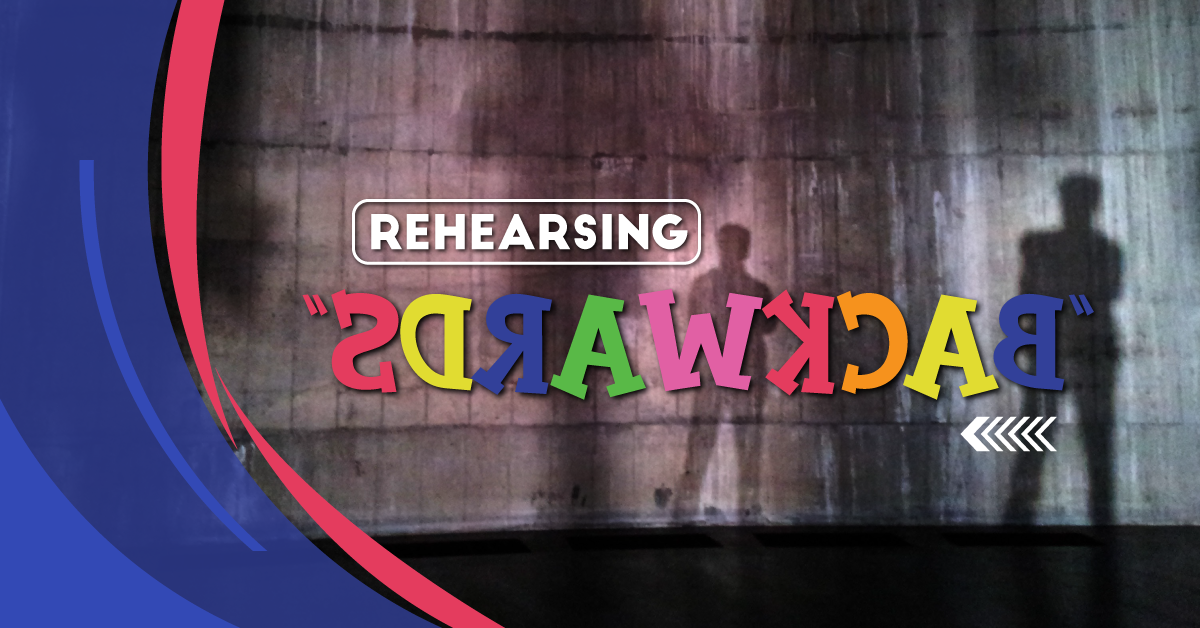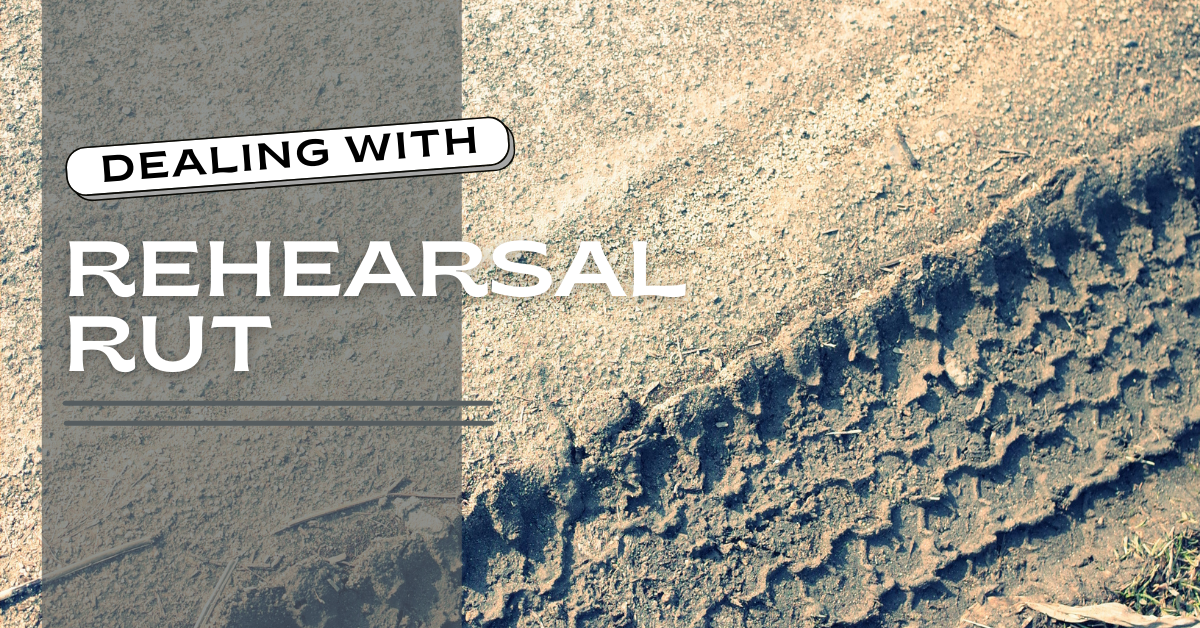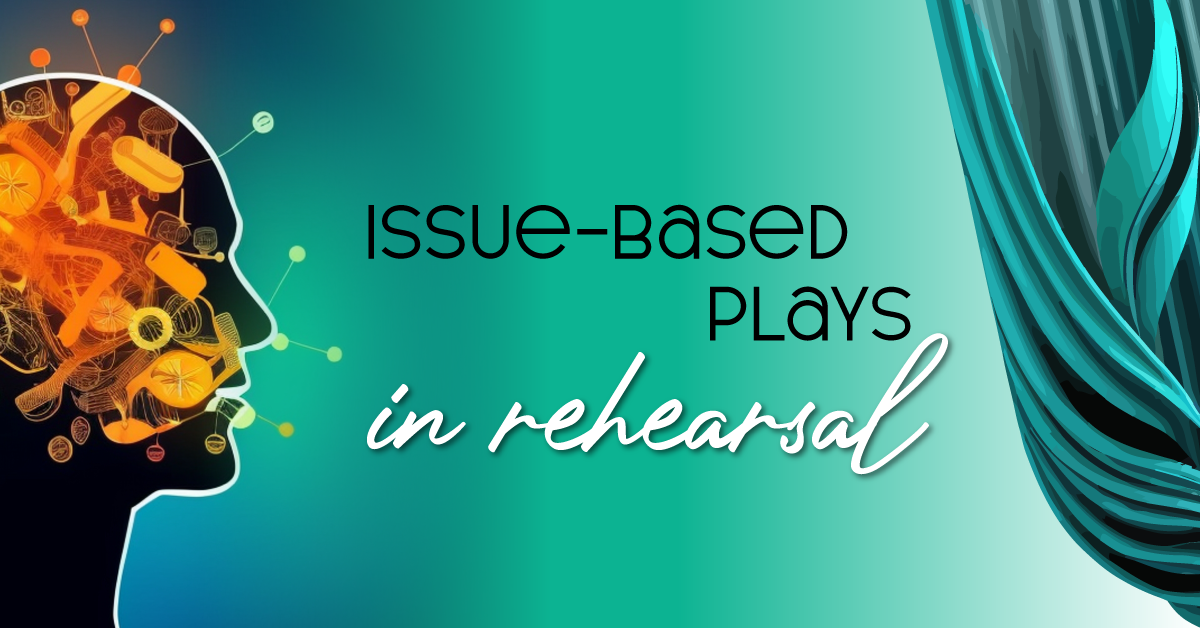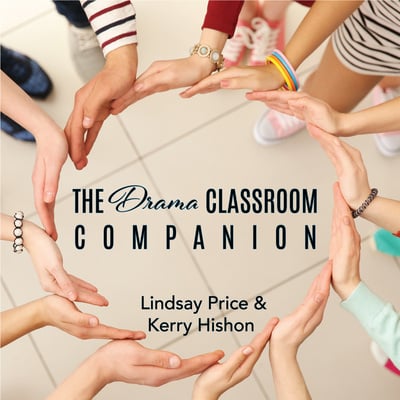Agatha Rex by Lindsay Price is a bold high school take on Antigone - packed with heart, conflict, and a powerhouse ensemble. One girl. One stand. One huge risk. *NEW COMPETITION VERSION AVAILABLE!*
Rehearsing “Backwards”
It’s a common occurrence when rehearsing a production that the cast and crew will eventually practice running the whole show from the beginning to the end. This way, students will see how all the scenes flow together in the correct order, while working on their endurance and stamina to get through the full length of the production. However, it’s also a common occurrence for teachers to stop part way through the rehearsal (often more than once) to “fix” something, or to take time in between acts to give notes. They then run out of rehearsal time and never finish running the full show. “Oh well,” we tell ourselves, “We’ll just pick up where we left off at the next rehearsal.” Sometimes we do… and sometimes we don’t.
Students also frequently practice their lines by reading and reviewing from the start of the script to the end. This is natural, as it’s how people read books. However, it’s easy for students to get bored, hungry, tired, or distracted during script review and either start skimming their lines, or stop reviewing their lines entirely before getting to the end of the script. This means that the lines at the start of the show tend to be really strong, and by the end they are, well, less strong.
These two factors add up to what I call the “second act slump.” Act 1 is fantastic and flows smoothly, and Act 2 tends to be a bit shakier and less confident. So, how do we avoid the second act slump? Try mixing things up and rehearsing backwards.
No, it doesn’t mean having your students say their lines in reverse; however, that might make a great warm-up game! (Let us know if you try it.)
At your next rehearsal, take your script and identify the last scene or beat. (Beats are divisions in the play by subject/topic/emotion, or when a character enters/exits. Beats are good for dividing long scenes up into smaller chunks.) Have your students run that scene or beat until the end of the show. Give notes or make adjustments as necessary.
Go back to the second last scene or beat, and run that section until the end of the show. This will include the final scene/beat you just rehearsed. Then, go back to the third last scene or beat, and run that section until the end of the show. Repeat until you run out of rehearsal time or your students go crazy from repetition.
This is a useful exercise for a number of reasons. As it’s a deviation from your regular rehearsal process, it will keep your students’ brains focused by keeping them on their toes, and ensure that they know their cues. It’s good for drilling lines, as well as music and choreography as applicable. It’s also useful for giving notes and feedback immediately after a smaller chunk of scene work. Students are then able to apply the notes right then and there while they are fresh in their minds. And when all else fails, it mixes up the regular rehearsal scheme and is good for a laugh!
At the end of rehearsal, have a short debrief with your students and discuss how this technique mixes up the usual method of rehearsing. Ask how your students felt about the process. Did they find it an effective use of time? Did it help them to feel more confident about the end of the show? Do they have any suggestions for other methods of mixing up rehearsals? Alternatively, you can use the rehearsal reflection below for students to write about in their rehearsal journals individually.
Related Articles
The Drama Classroom Companion
by Lindsay Price & Kerry Hishon
The Drama Classroom Companion is filled with articles and exercises to build the skills needed for theatrical performance as well as real world skills like creative thinking, critical thinking, collaboration, and communication.
The Rehearsal Companion
by Kerry Hishon
You’ve chosen the play, paid the royalties, done the script analysis, held your auditions, and cast the show. Tomorrow is the first rehearsal. Are you ready? Really ready? The Rehearsal Companion can help!





